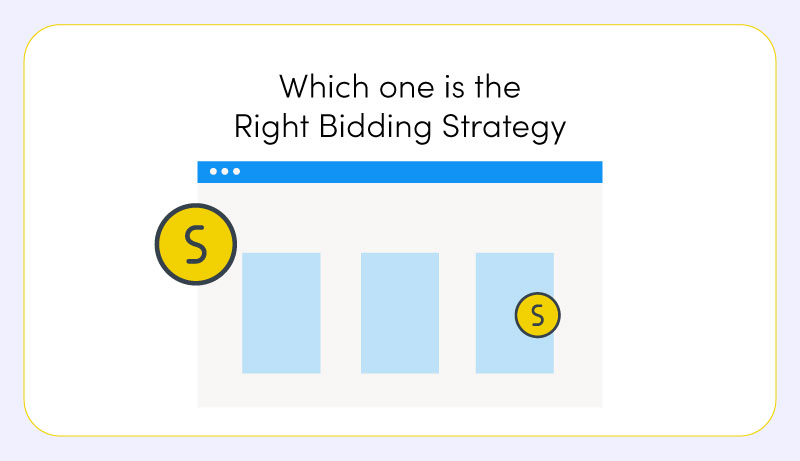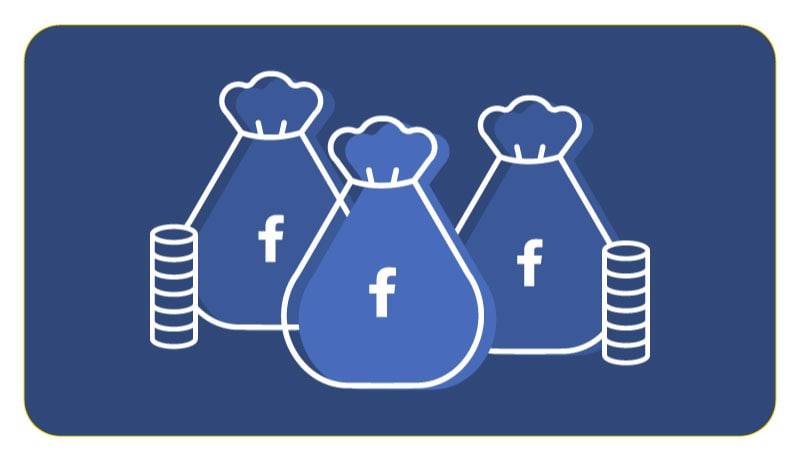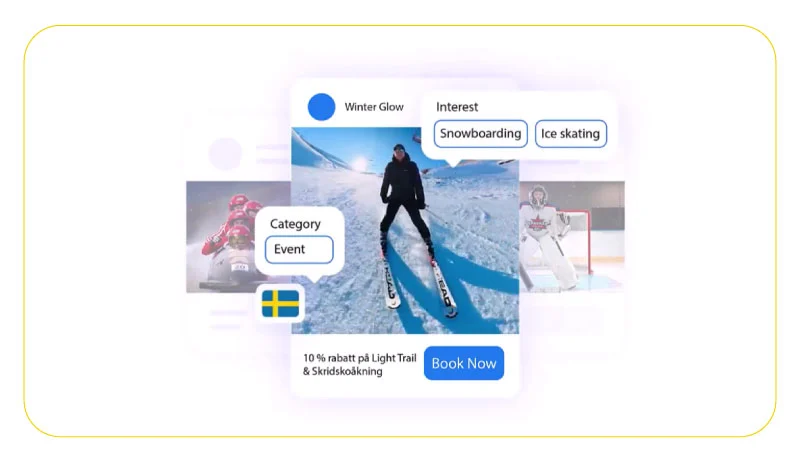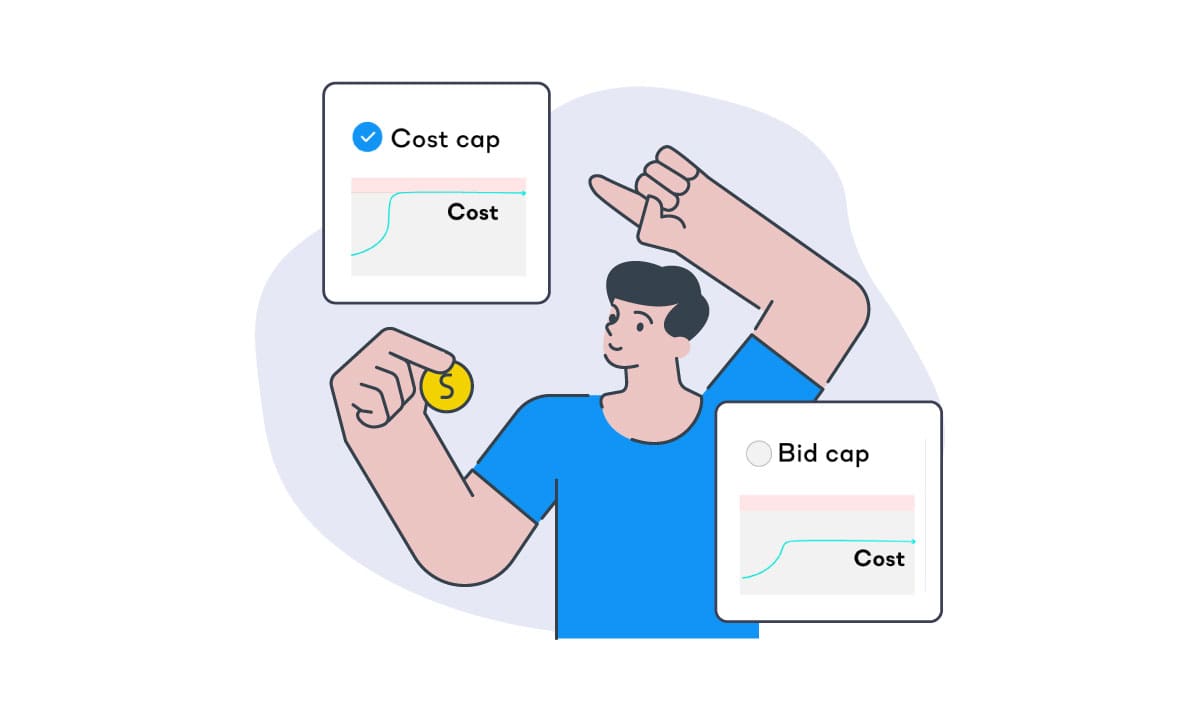You Facebook advertising costs don’t get the results you want? Have you considered using cost cap or bid cap to optimize your campaigns? If you’re not familiar with these terms, don’t worry – we’ve got you covered. In this article, we’re going to explore the differences between Facebook Ads cost cap vs bid cap, and help you decide which one is best for your business.

Whether you’re a seasoned marketer or just getting started with Facebook Ads, understanding the benefits and drawbacks of each strategy can make a significant difference in your ad spend and campaign performance. So, let’s dive in and discover how you can get the most out of your Facebook Ads budget.
What are Cost Cap and Bid Cap?
Before we dive into the differences between cost cap and bid cap, let’s define each strategy. Cost cap is a Facebook Ads bidding strategy that sets a maximum cost per optimization event, such as a click or conversion. This allows advertisers to control their costs while still optimizing for the desired result. On the other hand, bid cap is a bidding strategy that sets a maximum bid limit for each ad set.

This means that Facebook will try to get the lowest cost per result, while still staying within the bid cap. Both of these strategies have their unique benefits and drawbacks, and choosing the right one for your campaign depends on various factors such as your goals, audience, and budget. In the next section, we’ll explore the differences between cost cap and bid cap in more detail, so you can make an informed decision on which one to use for your Facebook Ads campaigns.
Let’s take a closer look at the differences between cost cap and bid cap, as well as their respective advantages and disadvantages.
Differences between Cost Cap and Bid Cap
- Cost cap sets a maximum cost per optimization event, while bid cap sets a maximum bid limit for each ad set.
- Cost cap gives you more control over your costs, while bid cap gives Facebook more control over the cost per result.
- Cost cap can be useful for campaigns with a fixed budget, while bid cap can be useful for campaigns with a flexible budget.
Advantages and Disadvantages of Cost Cap and Bid Cap
| Cost Cap vs Bid Cap | Pros | Cons |
|---|---|---|
| Cost Cap | Helps you control your costs and stay within your budget. Allows you to optimize for a specific result at a predictable cost. Gives you more control over your bidding strategy. | May limit your reach and the number of results you get. Can be less effective for campaigns with a flexible budget. Requires more monitoring and adjustment than bid cap. |
| Bid Cap | Can help you get the lowest cost per result possible. Allows Facebook to optimize your campaign for the best results. Can be more effective for campaigns with a flexible budget. | Can result in higher costs if not managed properly. May not be as effective for campaigns with a fixed budget. Gives you less control over your bidding strategy. |
It’s important to choose the bidding strategy that aligns with your campaign goals and budget. In the next section, we’ll provide some best practices for using cost cap and bid cap effectively.
When to Use Cost Cap vs Bid Cap
In this section, we’re going to explore when to use cost cap vs. bid cap. While both strategies can help you control your Facebook Ads costs, there are certain scenarios where one may be more effective than the other.
When to Use Cost Cap
- If you have a fixed budget and want to maximize the number of results you get, cost cap may be the right choice.
- If you’re looking to get a specific number of results at a predictable cost, cost cap can help you achieve that goal.
- If you’re using automated bidding and want more control over your costs, cost cap can give you that control.

When to Use Bid Cap
- If you have a flexible budget and want to get the lowest cost per result possible, bid cap may be the right choice.
- If you have a large audience and want to reach as many people as possible, bid cap can help you achieve that goal.
- If you’re testing multiple ad sets and want to see which one performs best, bid cap can help you make data-driven decisions.
It’s important to note that the right bidding strategy for your campaign may change over time. As you gather more data and see what works best for your audience, you may need to adjust your bidding strategy accordingly. In the next section, we’ll provide some best practices for using cost cap and bid cap effectively.
Best Practices for Using Cost Cap and Bid Cap
Now that you understand the differences between cost cap and bid cap, and their respective advantages and disadvantages, it’s time to explore some best practices for using these bidding strategies effectively.
Best Practices for Using Cost Cap:
- Set your cost cap at a reasonable level based on your budget and goals.
- Use cost cap for campaigns with a fixed budget or specific cost per result in mind.
- Monitor your campaigns regularly to ensure you’re getting the desired results within your cost cap.
- Test different cost caps to find the sweet spot that balances cost control with performance.

Best Practices for Using Bid Cap:
- Start with a bid cap that’s slightly higher than your target cost per result.
- Use bid cap for campaigns with a flexible budget or when testing multiple ad sets.
- Monitor your campaigns regularly to ensure you’re getting the lowest cost per result possible.
- Adjust your bid cap regularly based on performance data to optimize for the best results.
Regardless of which bidding strategy you choose, there are some general best practices to follow to maximize the effectiveness of your Facebook Ads campaigns. These include:
- Set clear goals and track your progress towards them.
- Test different targeting options and ad creatives to find what resonates with your audience. Taking advantage of a Facebook Ads spy tool to keep up with the latest trends.
- Use the Facebook Ads Manager to monitor your campaigns and make data-driven decisions.
- Always be testing and optimizing your campaigns to improve performance over time.
By following these best practices, you can ensure that your Facebook Ads campaigns are set up for success, whether you choose cost cap, bid cap, or another bidding strategy.
Case Studies
To better understand the effectiveness of cost cap and bid cap bidding strategies, let’s take a look at some case studies.
Case Study 1: Cost Cap for E-commerce
A fashion e-commerce company was looking to increase sales while staying within their advertising budget. They used cost cap bidding to optimize for purchases at a target cost per purchase. By setting a maximum cost per purchase, the company was able to achieve a 30% increase in sales while staying within their advertising budget.
Case Study 2: Bid Cap for Lead Generation
A B2B software company was looking to generate leads for their product. They used bid cap bidding to reach a larger audience and get the lowest cost per lead possible. By setting a maximum bid limit for each ad set, the company was able to achieve a 40% decrease in cost per lead while reaching a larger audience.

Case Study 3: Combined Bidding Strategies for App Installs
A mobile app company was looking to increase app installs while staying within their advertising budget. They used a combination of cost cap and bid cap bidding strategies to optimize for app installs at a target cost per install. By combining these strategies, the company was able to achieve a 50% increase in app installs while staying within their advertising budget.
These case studies demonstrate the effectiveness of both cost cap and bid cap bidding strategies, depending on the campaign goals and budget. By testing and optimizing different bidding strategies, businesses can achieve their desired results while staying within their advertising budget.
In conclusion, both cost cap and bid cap bidding strategies have their advantages and disadvantages, and the right strategy depends on your campaign goals and budget. By following best practices and testing different strategies, businesses can maximize the effectiveness of their Facebook Ads campaigns and achieve their desired results.
Conclusion
Facebook Ads cost cap and bid cap bidding strategies are powerful tools for businesses to optimize their ad spend and achieve their desired results. While cost cap is ideal for campaigns with a fixed budget or specific cost per result in mind, bid cap is more suitable for campaigns with a flexible budget or when testing multiple ad sets.
Both strategies have their advantages and disadvantages, and the right strategy depends on the campaign goals and budget. By following best practices and testing different strategies, businesses can maximize the effectiveness of their Facebook Ads campaigns and stay ahead of the competition. So whether you choose cost cap, bid cap, or a combination of both, it’s essential to regularly monitor your campaigns and make data-driven decisions to achieve the best possible results for your advertising budget.
FAQs
Should I use bid cap on Facebook ads?
Whether to use bid cap on Facebook ads depends on your campaign objectives and budget constraints.
What is Facebook bid cost cap?
Facebook bid cost cap is a bidding strategy that allows advertisers to set a maximum amount they are willing to pay for each impression or click.
What is the difference between cost cap and bid cap on Facebook ads?
Cost cap and bid cap are both bidding strategies on Facebook Ads, with cost cap setting a maximum cost per result, while bid cap sets a maximum bid limit for each ad set.
How does cost cap impact my Facebook ad budget?
Cost cap can help control your ad spend and stay within your advertising budget by setting a maximum cost per result.







 Facebook Ads Spy Tool
Facebook Ads Spy Tool TikTok Ads Spy Tool
TikTok Ads Spy Tool